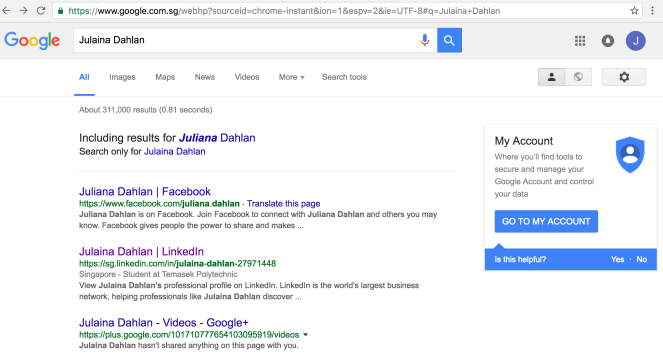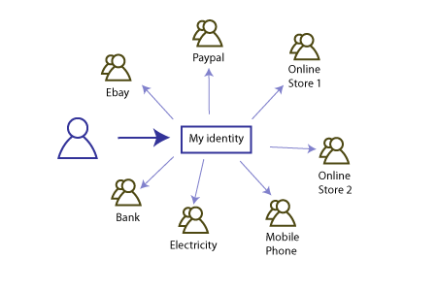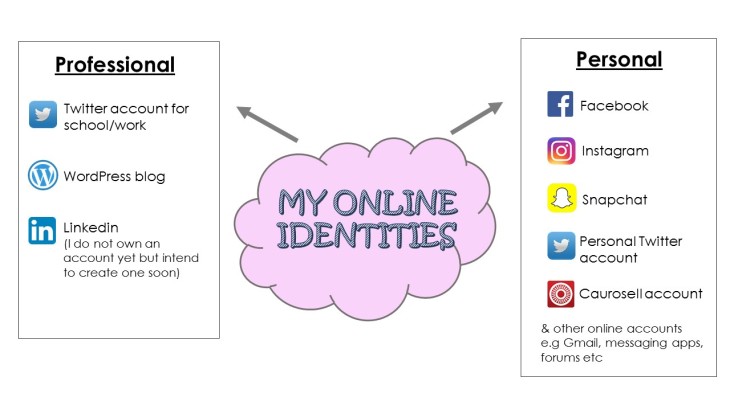
Topic 2: Difference Between Casey Neistat and I
Let’s start by Googling your name online. What interesting facts or information did you manage to find about yourself? For me, here is a screenshot of what I manage to find when I Googled: Julaina Dahlan.
Turns out there are limited and no interesting information about me, except my LinkedIn account (which I should probably update soon). Even though I do own several Social Media accounts that I use every once in a while, I do not use my real name for it and everything is set to private.
Continue reading →









